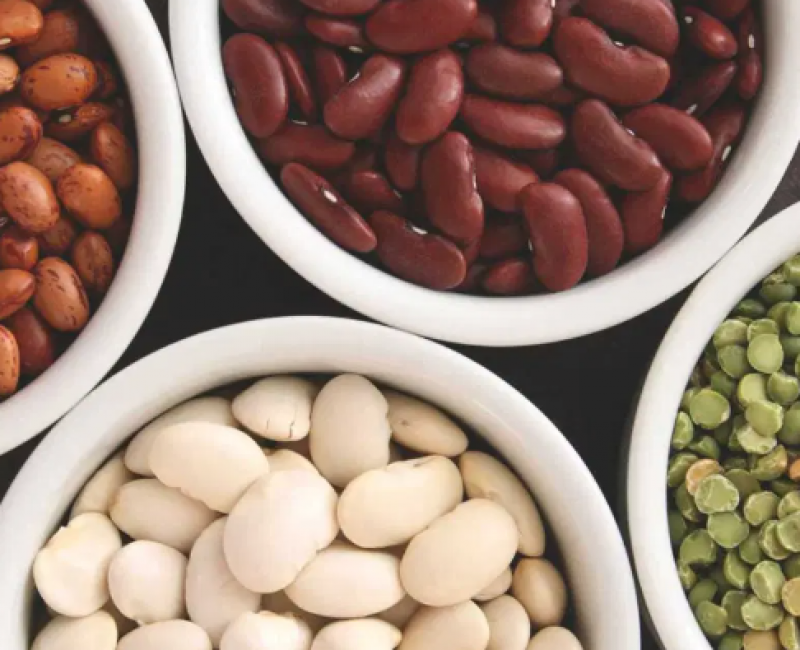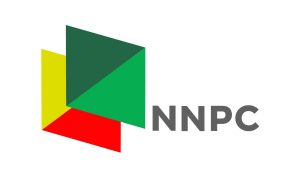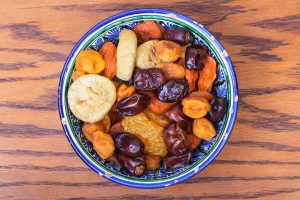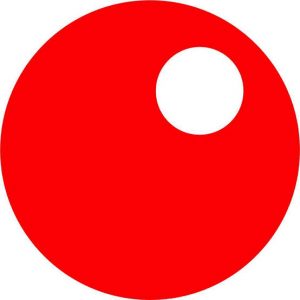You’ve probably focused more on the protein beans can provide, but beans pack a huge nutritional punch, too. Discover why beans are so nutritious and how you can eat more of them (hint: Start slowly).
High Fiber Content
“Beans are a great source of fiber, which most people are woefully lacking in,” says Jennifer Hanway, nutritionist and certified personal trainer. “That ranges from 11 grams of fiber in a cup of kidney beans to 17 grams of fiber in adzuki beans.”
Fiber helps keep you feeling fuller for longer (which explains why high-fiber foods are so popular), so consider adding beans to your lunches if you find yourself craving a snack every day a few hours before dinner, or add them to your breakfasts if you’re always ready for lunch at 10:30 a.m.
Vegan Source of Protein
Beans provide an average of 15 grams of protein per cup, according to Hanway. Some of the beans highest in protein include lima beans, kidney beans, soybeans, and black beans.
Protein is a vital macronutrient that your body needs to maintain healthy organs, muscles, and tissues. Most protein in the American diet comes from animal sources, so finding several vegan sources of protein is essential for people who don’t eat meat.
Rich in Micronutrients
When you think of foods with antioxidants, you probably think of dark, leafy greens or colorful berries. But one of the health benefits of pinto beans and kidney beans is the tremendous amount of antioxidants packed into every bean.
“Red kidney beans and pinto beans are among the highest antioxidant foods—even higher than berries, peppers, and things we usually think about as antioxidants,” Hanway says.
Whether you’re looking to chow down on lima beans or green beans (which are actually technically just a legume), beans are also a significant source of some essential minerals. “Most are high in much-needed minerals such as magnesium, iron, zinc, and potassium,” Hanway says.
How to Add Beans to Your Diet
Adding beans to your diet is a smart (and tasty!) way to get a host of nutrients. Here’s how to do it right.
Start incorporating them into your diet slowly.
Going from never eating beans to eating them several days a week is a lot for your body to digest, so start by incorporating them into one meal at a time. “You can use them as a fiber-rich replacement for rice, potatoes, or pasta, or try adding them to a summer salad,” Hanway suggests. “Or swap out half of the ground beef in your chili with beans.”
Eat beans with easy-to-digest ingredients.
Don’t pair beans with other gas-inducing foods, like broccoli, brussels sprouts, and kale. Stick with spices and ingredients that will ensure that you get the full health benefits of your garbanzo beans, black beans, or other favorites.
“Cook them with spices that help digestion, like ginger, fennel, turmeric, cumin, and coriander,” Hanway says. Probiotics can also help maintain your microbial balance to make digestion easier.
Find different ways to include them in meals.
Chili and stew may be the first meals you think of that include beans, but there are other ways to incorporate them. You can get the health benefits of black beans (and your daily chocolate fix) by making fudgy black bean brownies.
If you’re into protein powder, swap out your whey powder for the health benefits of mung bean protein powder, which can be easier to digest, Hanway says.
One of the benefits of bean sprouts is that they don’t need to be cooked—they can simply be tossed into a salad or make a crunchy add-in to a wrap or sandwich.



































































































This Post Has 3 Comments
Pingback: Health benefits of quinoa – ngrDesk News – Breaking News, Nigerian News, Entertainment, Fashion and Styles, Sport, Business and Politics
Pingback: How to Lower Your Arthritis Pain with the Right Diet and Supplements – ngrDesk News – Breaking News, Nigerian News, Entertainment, Fashion and Styles, Sport, Business and Politics
Pingback: What Causes Hypoglycemia After Eating – ngrDesk News – Breaking News, Nigerian News, Entertainment, Fashion and Styles, Sport, Business and Politics